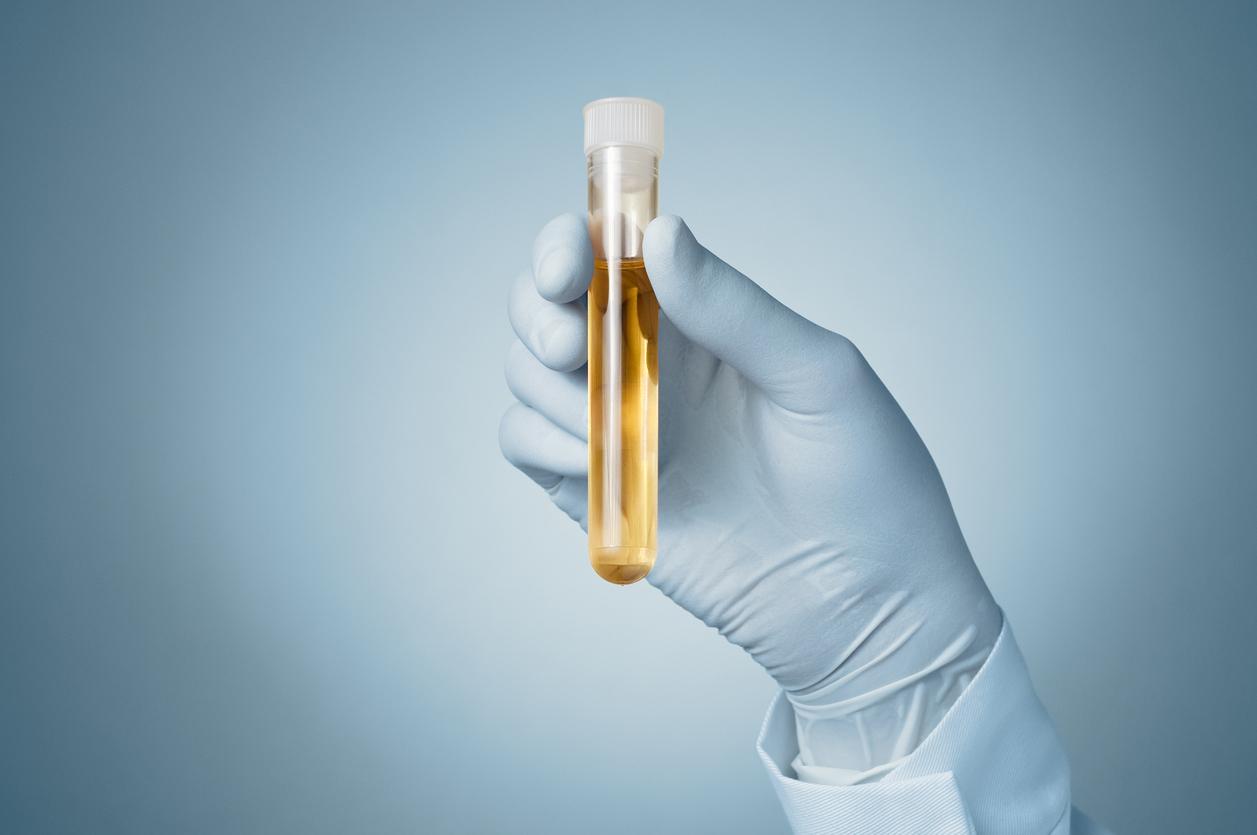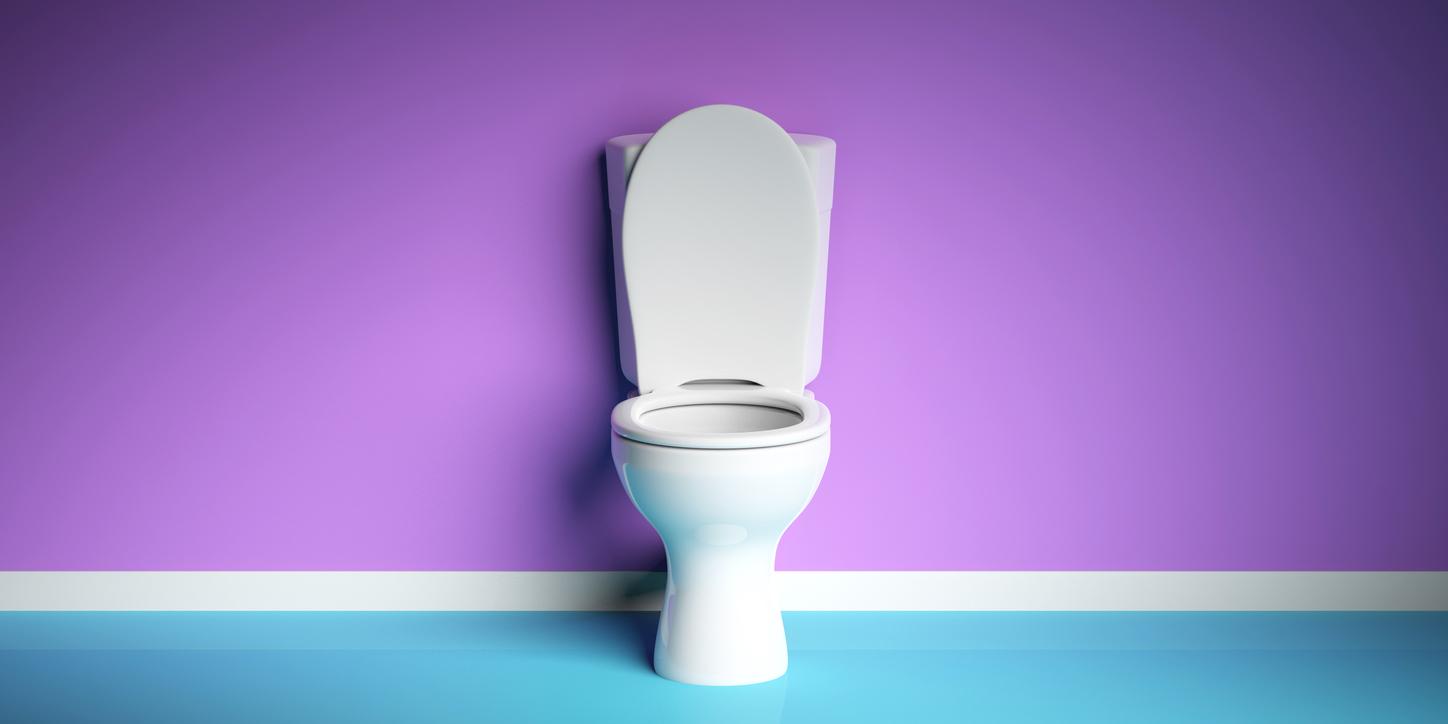A diet that is too high in protein contributes to excess nitrogen in the environment through human waste, specifically urine.

- Rates of total protein consumption in American diets, whether of plant or animal origin, are among the highest in the world.
- US coastal cities have great potential for reducing dietary nitrogen loading in their watersheds.
Balancing the amount of protein consumed with what the body needs could reduce nitrogen release to the sewage system in the United States. This was recently revealed by Maya Almaraz, a biochemist at the University of California at Davis (USA), and other researchers. To reach this conclusion, they conducted a study published in the journal Frontiers in Ecology and the Environment.
Excess nitrogen harms our health and the aquatic ecosystem
“The human body needs protein. But when the body takes in more protein than it needs, the excess amino acids break it down into nitrogen, which is flushed out in urea, part of the urine, and released into the drainage system. Nitrogen then ends up in waterways, which can lead to toxic algae blooms, oxygen-deprived ‘dead zones’ and pollution of drinking water.” the scientists pointed out.
As part of this work, scientists estimated current and future nitrogen releases based on census population data in the United States. They found an upward trend over time. Discharges have increased by 20% between 2016 and 2055. “This increase is associated with population growth, as well as an aging population, which requires more protein to manage muscle loss”explained the team.
Reduce nitrogen emissions by 12% by avoiding excess protein
According to the results, 67% of the nitrogen present in wastewater comes from toilet flushing. According to the authors, a diet that balances ingested protein according to the body’s needs could reduce nitrogen discharges into the sewage system in the United States by 12% and overall losses of nitrogen by 4%. nitrogen in air and water.
The study found that if Americans consumed protein at recommended amounts, projected nitrogen release rates in 2055 would be 27% lower than they are today, despite population growth. “It’s interesting to think about possible ways to reduce these nitrogen releases beyond expensive technologies. Dietary change is a healthy and cheap way to do this,” concluded Maya Almaraz in a statement.

















